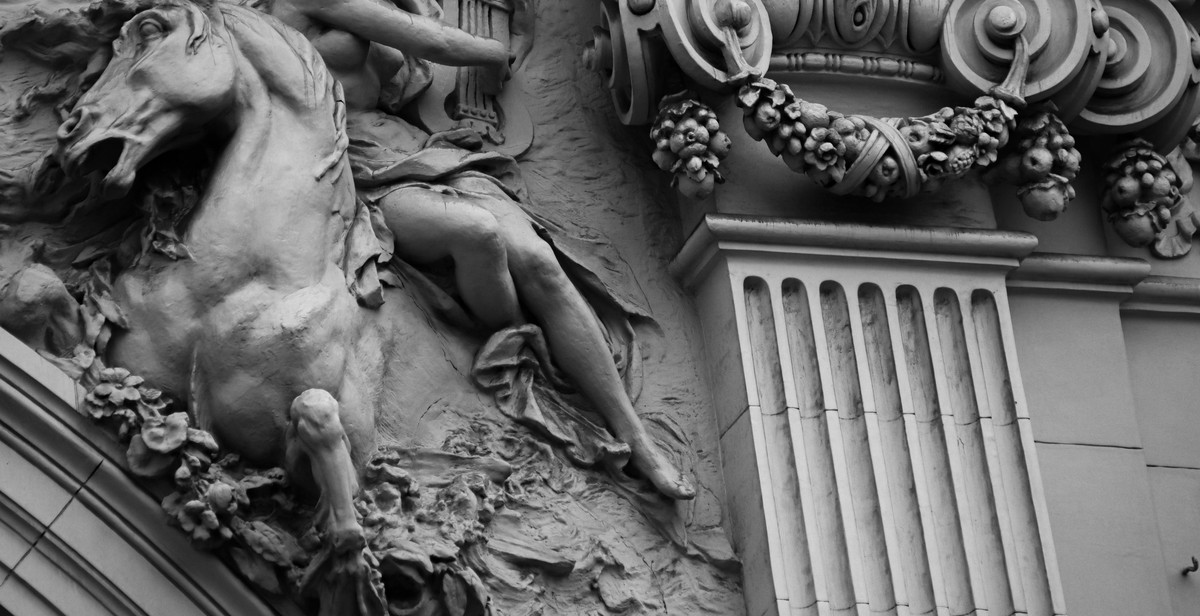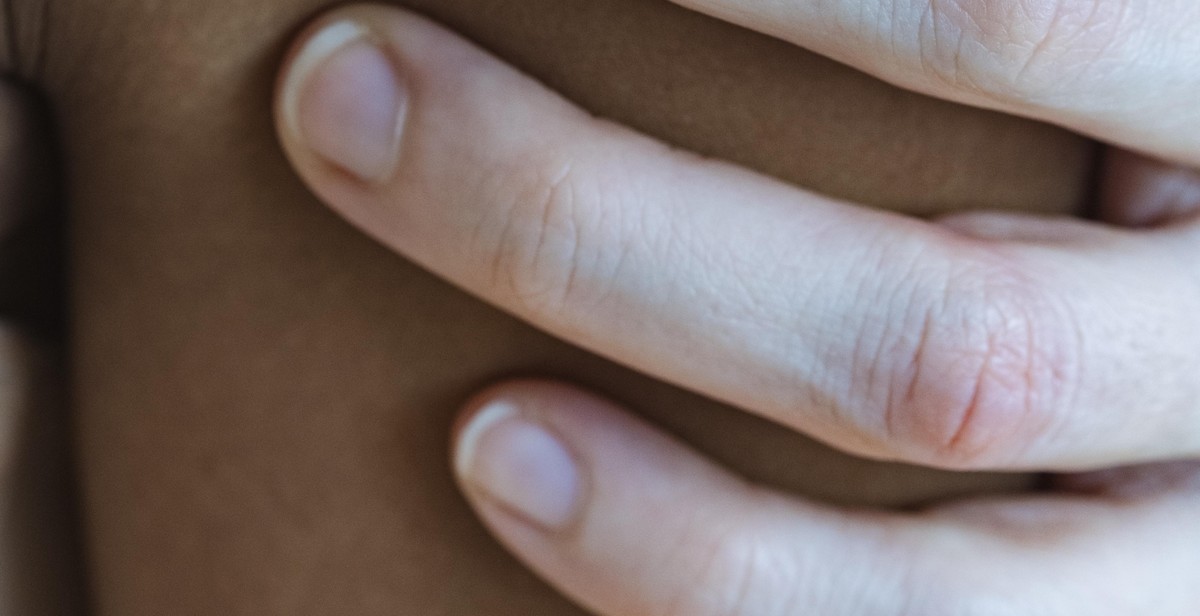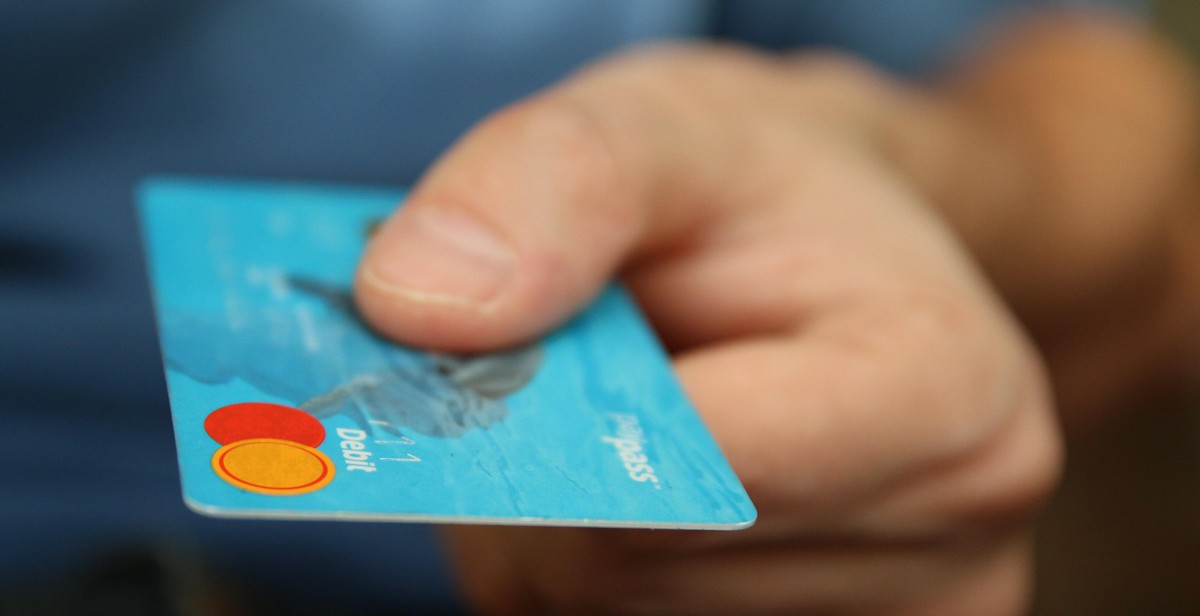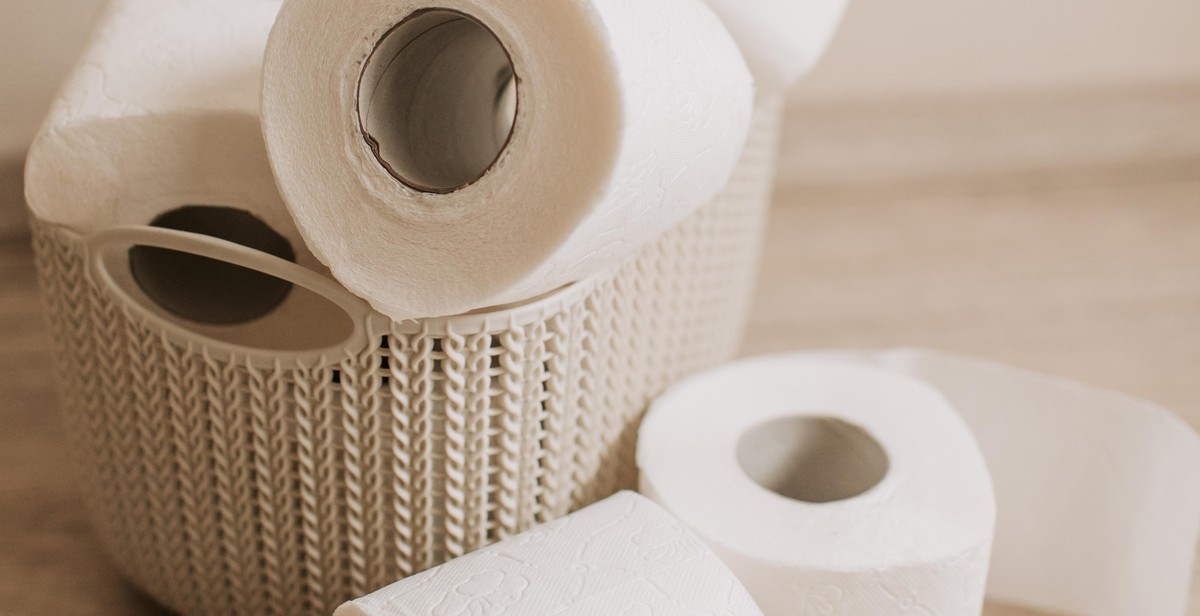How to Play the Harp: Beginner’s Guide to Hand Positioning and Finger Techniques
Learning to play the harp can be a rewarding experience, but it can also be quite challenging. As a beginner, it’s important to understand the basics of hand positioning and finger techniques in order to produce beautiful music. In this guide, we’ll take a look at the fundamental techniques you need to know in order to get started playing the harp.
Hand Positioning
Before you start playing, it’s important to ensure that your hand positioning is correct. Your left hand should be placed on the strings closest to you, while your right hand should be placed on the higher strings. Your fingers should be curved and relaxed, with your thumb resting on the back of the harp.
Left Hand Positioning
Place your left hand on the strings closest to you. Your fingers should be curved and relaxed, with your thumb resting on the back of the harp. Your hand should be positioned so that your fingers are perpendicular to the strings.
Right Hand Positioning
Place your right hand on the higher strings. Your fingers should be curved and relaxed, with your thumb resting on the back of the harp. Your hand should be positioned so that your fingers are at a slight angle to the strings.
Finger Techniques
Once you have your hand positioning correct, it’s time to start practicing your finger techniques. Here are some of the most important techniques to master:
- Plucking: Use your fingers to pluck the strings, starting with your pinky finger and moving towards your index finger.
- Glide: Slide your finger up or down the string to produce a gliding sound.
- Rolling: Play multiple notes at once by rolling your fingers across the strings.
With these basic techniques under your belt, you’ll be well on your way to playing beautiful music on the harp. Remember to practice regularly and be patient with yourself as you learn.

Choosing the Right Harp
Choosing the right harp is an important decision for any beginner. The harp is an instrument that comes in various sizes and styles, and the wrong choice can lead to frustration and a lack of progress. To make the right decision, there are a few factors to consider.
Types of Harps to Consider
There are three main types of harps to consider: lever harps, pedal harps, and lap harps.
- Lever Harps: Lever harps are the smallest and most portable type of harp. They are ideal for beginners who want to start with a smaller instrument. Lever harps are also more affordable than pedal harps.
- Pedal Harps: Pedal harps are larger and more complex than lever harps. They are played with the feet as well as the hands. Pedal harps are more expensive and less portable than lever harps, but they offer a wider range of notes.
- Lap Harps: Lap harps are small harps that can be played on a tabletop or on the lap. They are ideal for beginners who want a portable and affordable option.
Factors to Consider When Choosing a Harp
When choosing a harp, there are several factors to consider.
| Factor | Considerations |
|---|---|
| Size | Consider your own size and the size of the space where you will play the harp. |
| Budget | Consider how much you are willing to spend on a harp. |
| Sound | Consider the tone and quality of sound produced by the harp. |
| Style | Consider the style of music you want to play and choose a harp that is suitable for that style. |
By considering these factors and the types of harps available, you can choose the right harp for your needs and begin your journey as a harpist.

Hand Positioning
Proper hand positioning is crucial when playing the harp. Improper hand placement can lead to discomfort, pain, and even injury. Here are some tips on how to position your hands correctly on the harp strings:
Positioning Your Left Hand
Your left hand should be positioned above the strings, with your fingers curved and resting on the strings. The knuckles of your fingers should be slightly raised, and your thumb should be positioned behind the neck of the harp. Your wrist should be relaxed and not bent.
Finger Placement
Your fingers should be placed on the strings in the following order:
- Your first finger (index finger) should be placed on the first string.
- Your second finger (middle finger) should be placed on the second string.
- Your third finger (ring finger) should be placed on the third string.
- Your fourth finger (pinky finger) should be placed on the fourth string.
Positioning Your Right Hand
Your right hand should be positioned below the strings, with your fingers curved and resting on the strings. The knuckles of your fingers should be slightly raised, and your thumb should be positioned behind the neck of the harp. Your wrist should be relaxed and not bent.
Finger Placement
Your fingers should be placed on the strings in the following order:
- Your first finger (thumb) should be placed on the fifth string.
- Your second finger (index finger) should be placed on the fourth string.
- Your third finger (middle finger) should be placed on the third string.
- Your fourth finger (ring finger) should be placed on the second string.
- Your fifth finger (pinky finger) should be placed on the first string.
| Do: | Keep your fingers curved and relaxed. |
|---|---|
| Keep your knuckles slightly raised. | |
| Keep your wrist relaxed and not bent. | |
| Don’t: | Let your fingers splay out flat on the strings. |
| Let your wrist bend or tense up. |

Finger Techniques
Playing the harp requires a lot of finger dexterity and control. Here are some essential finger techniques that every beginner should know:
Plucking Technique
The plucking technique is the most basic technique used in harp playing. It involves plucking the strings with your fingers to produce a sound. To pluck the strings, place your fingers on the strings and then pull them towards you. The thumb is usually used for the lower strings, while the other fingers are used for the higher strings.
Glissando Technique
The glissando technique involves sliding your fingers along the strings to produce a smooth, continuous sound. To perform a glissando, place your fingers on the strings and then slide them up or down the strings. This technique is often used to create a dreamy or mystical sound.
Arpeggio Technique
The arpeggio technique involves playing the notes of a chord in a rapid succession. To perform an arpeggio, place your fingers on the strings and then pluck them in a specific order. This technique is often used to create a flowing and melodic sound.
With practice, these finger techniques will become second nature to you and you’ll be able to incorporate them into your playing effortlessly.

Playing Basic Chords
Playing basic chords on the harp is an essential skill for any beginner. By mastering the hand positioning and finger techniques, you can play beautiful melodies and songs on your harp.
C Major Chord
The C Major chord is one of the most basic chords in music. To play this chord, place your left hand on the harp strings and your right hand on the harp’s levers. Place your left-hand fingers on the strings in the following positions:
| String | Finger |
|---|---|
| 1st | Thumb |
| 2nd | Index Finger |
| 3rd | Middle Finger |
Pluck the strings with your right-hand fingers to play the C Major chord.
G Major Chord
The G Major chord is another basic chord that is commonly used in music. To play this chord, place your left-hand fingers on the following strings:
| String | Finger |
|---|---|
| 1st | Thumb |
| 2nd | Middle Finger |
| 3rd | Pinky Finger |
Pluck the strings with your right-hand fingers to play the G Major chord.
D Major Chord
The D Major chord is a little more challenging than the previous two chords. To play this chord, place your left-hand fingers on the following strings:
| String | Finger |
|---|---|
| 1st | Thumb |
| 2nd | Index Finger |
| 3rd | Ring Finger |
Pluck the strings with your right-hand fingers to play the D Major chord.
Practice playing these basic chords until you can play them smoothly and confidently. Once you have mastered these chords, you can move on to more complex chords and songs on your harp.

Playing Simple Melodies
Now that you have learned the basic hand positioning and finger techniques for playing the harp, it’s time to put them into practice by playing some simple melodies. The following are three popular tunes that you can easily learn:
1. Twinkle, Twinkle Little Star
Twinkle, twinkle, little star,
How I wonder what you are!
Up above the world so high,
Like a diamond in the sky.
Twinkle, twinkle, little star,
How I wonder what you are!
To play this tune on the harp, start with your left hand on the C string and your right hand on the G string. Pluck the strings in the following order:
- Left hand (C)
- Right hand (G)
- Left hand (G)
- Right hand (A)
- Left hand (A)
- Right hand (G)
- Repeat the pattern for the next line.
2. Mary Had a Little Lamb
Mary had a little lamb,
Its fleece was white as snow,
And everywhere that Mary went,
The lamb was sure to go.
To play this tune on the harp, start with your left hand on the G string and your right hand on the D string. Pluck the strings in the following order:
- Left hand (G)
- Right hand (D)
- Left hand (E)
- Right hand (D)
- Left hand (G)
- Left hand (G)
- Repeat the pattern for the next line.
3. Happy Birthday
Happy birthday to you,
Happy birthday to you,
Happy birthday dear [Name],
Happy birthday to you!
To play this tune on the harp, start with your left hand on the C string and your right hand on the G string. Pluck the strings in the following order:
- Left hand (C)
- Right hand (C)
- Left hand (D)
- Right hand (C)
- Left hand (F)
- Left hand (E)
- Repeat the pattern for the next line.
Practice these simple melodies until you feel comfortable with the hand positioning and finger techniques. Then, you can move on to more complex tunes and continue to improve your harp playing skills.

Conclusion
Playing the harp can be a fulfilling and rewarding experience. With the right hand positioning and finger techniques, you can create beautiful melodies and enchanting music. As a beginner, it is important to start with the basics and gradually progress to more advanced techniques.
Remember to always maintain proper posture and hand positioning, as this will help you play with greater ease and prevent injuries. Practice regularly and be patient with yourself as you learn. It takes time and dedication to master any skill, and playing the harp is no exception.
Experiment with different finger techniques and find what works best for you. Whether you prefer the traditional finger placement or a more modern approach, the most important thing is to be comfortable and confident in your playing.
Additionally, don’t be afraid to seek guidance from experienced harpists or take lessons from a qualified instructor. They can provide valuable insights and feedback that will help you improve your technique and take your playing to the next level.
Overall, playing the harp is a wonderful journey that requires patience, dedication, and a love for music. With the right mindset and approach, you can become a skilled harpist and share your beautiful music with the world.
